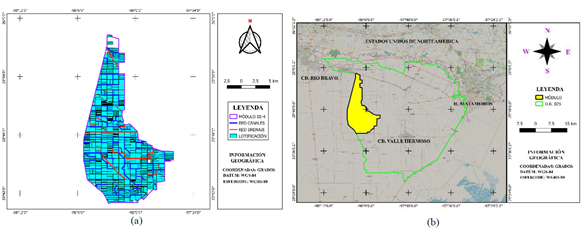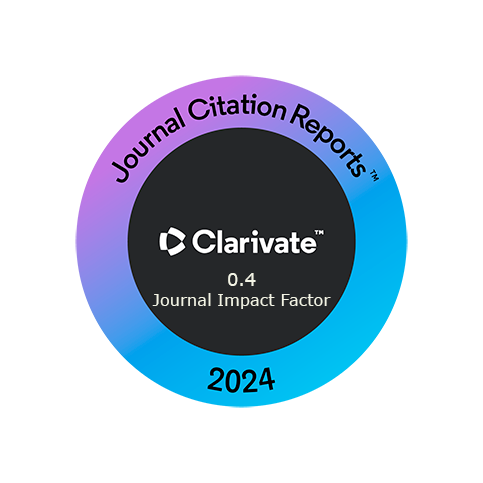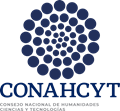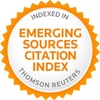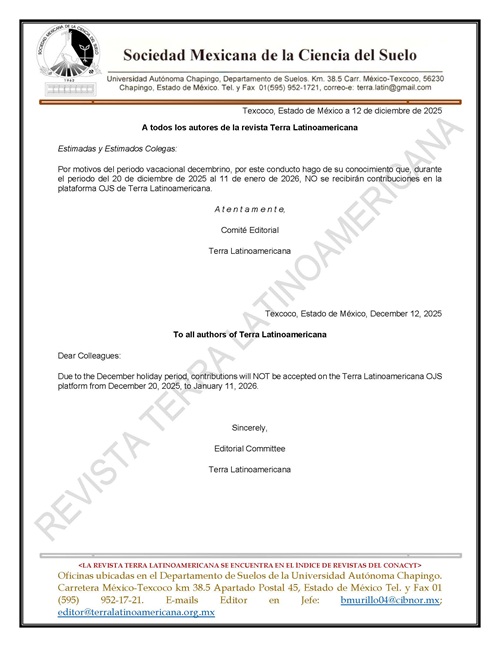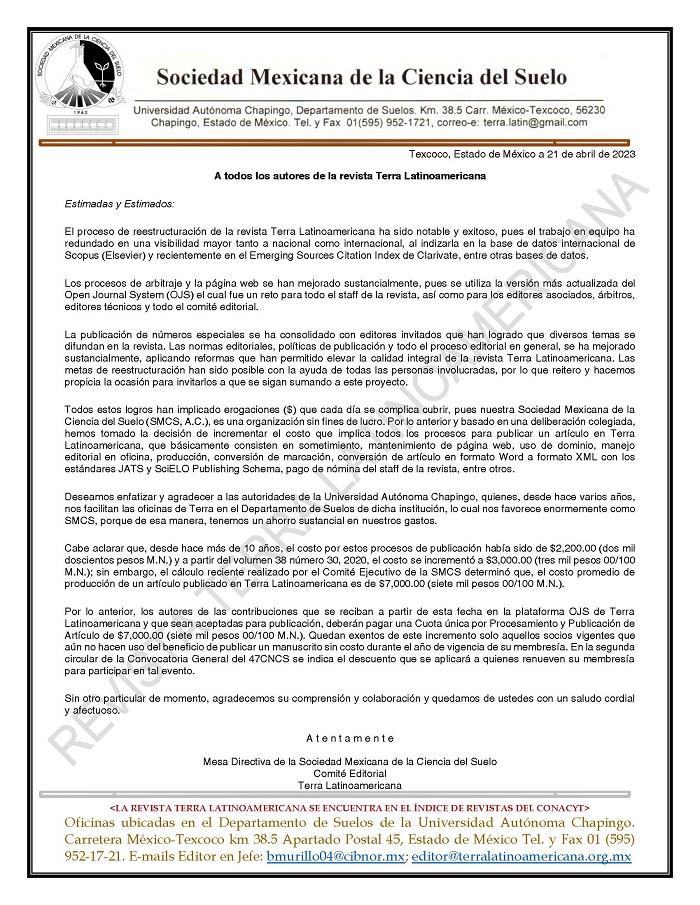Comparative Assessment of the Total Water Stress Index (TWSI) and Water Requirement Ef ficiency (WREI) in Agricultural Crops Using Water Footprints
DOI:
https://doi.org/10.28940/terralatinoamericana.v43i.2209Keywords:
irrigated agriculture, water color (green, blue, grey), ef ficient water management, sustainable water management, water resources in agricultureAbstract
Multiple indexes are used to assess water scarcity in irrigated agriculture, such as the Crop Water Stress Index (CWSI), the Agricultural Water Stress Index (AWSI), the three-dimensional indices (WSIGreen, WSIBlue, WSIGrey), and the Water Use Ef ficiency Index (WUEI). However, these indices do not account for the cumulative water stress throughout the agricultural cycle, nor do they integrate real water footprints under scarcity conditions. This study aimed to evaluate the Total Water Stress Index (TWSI) and the Water Requirement Ef ficiency Index (WREI) in agricultural crops of an irrigation module, using meteorological and physiological information for the Baseline (LB) and hydrometric, agricultural, and water footprint data for the Real Condition (CR). The research was empirical-associative in nature, with a non-experimental design, and analyzed agricultural and hydrometric statistics as well as water footprints (green, blue, and total) under both LB and CR scenarios. Furthermore, meteorological data simulated by the WXGEN climate generator were processed in the CROPWAT sof tware to calculate crop irrigation requirements in both scenarios. The results include four mathematical expressions for calculating the TWSI and the WREI. Under LB, the module’s total water footprint was 12 504.57 m³ Mg–¹, while under CR it was 8 075.78 m³ Mg–¹. The average TWSI was 45.43%, and the average WREI was 54.57%. The main limitations were the lack of in situ measured meteorological and physiological data. Nevertheless, the TWSI and WREI indices proved to be ef fective tools for quantifying total water stress and irrigation requirement ef ficacy, since the TWSI and WREI, calculated using the potential water footprints of the Baseline (LB) and the real water footprints of the Real Condition (CR), provided a robust methodological framework for sustainable water management in irrigated agriculture under conditions of water scarcity and climatic variability.
Downloads
Publication Facts
Reviewer profiles N/A
Author statements
- Academic society
- Terra Latinoamericana
- Publisher
- Mexican Society of Soil Science, C.A.
